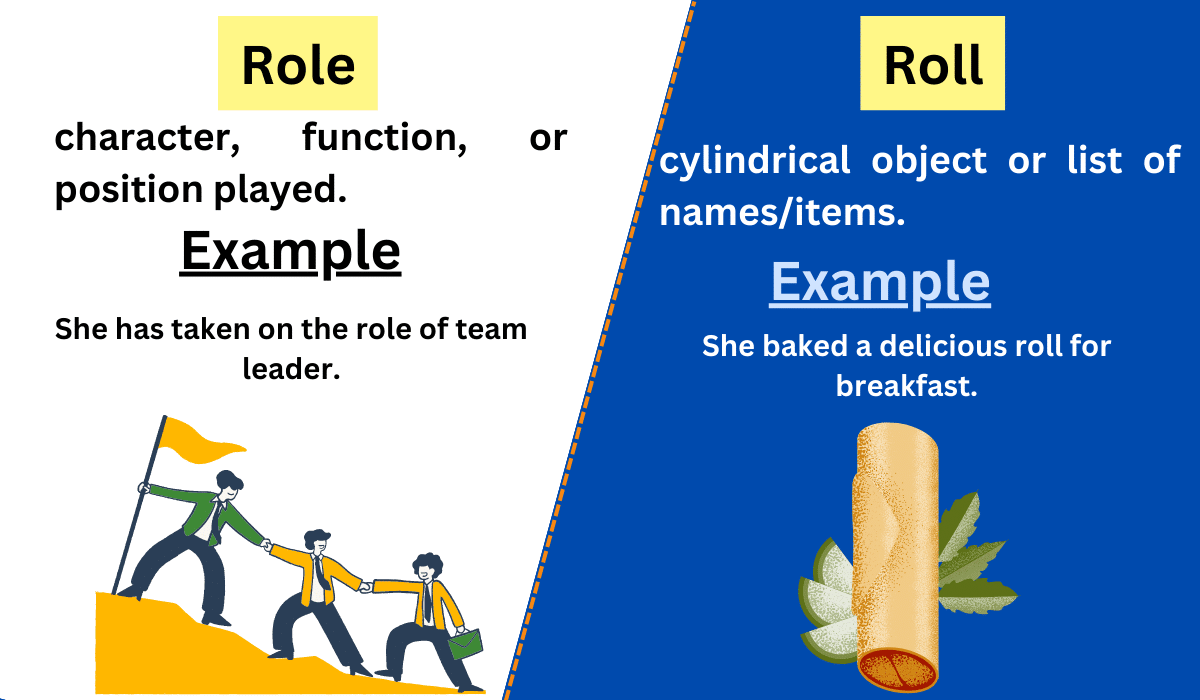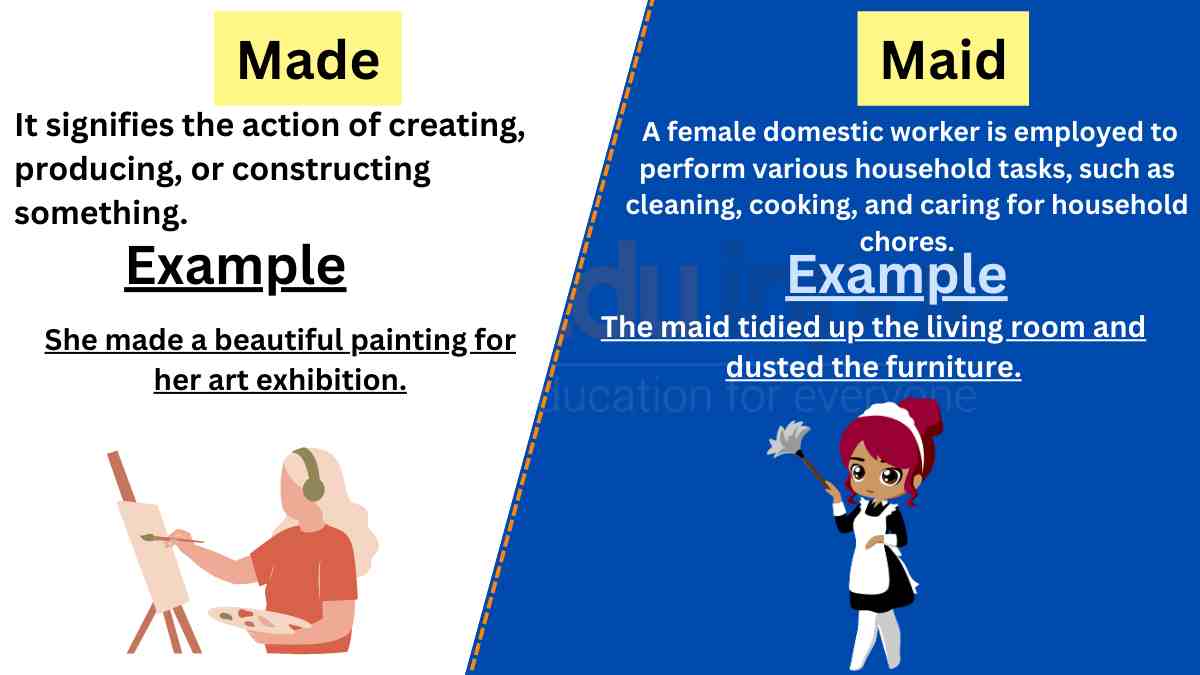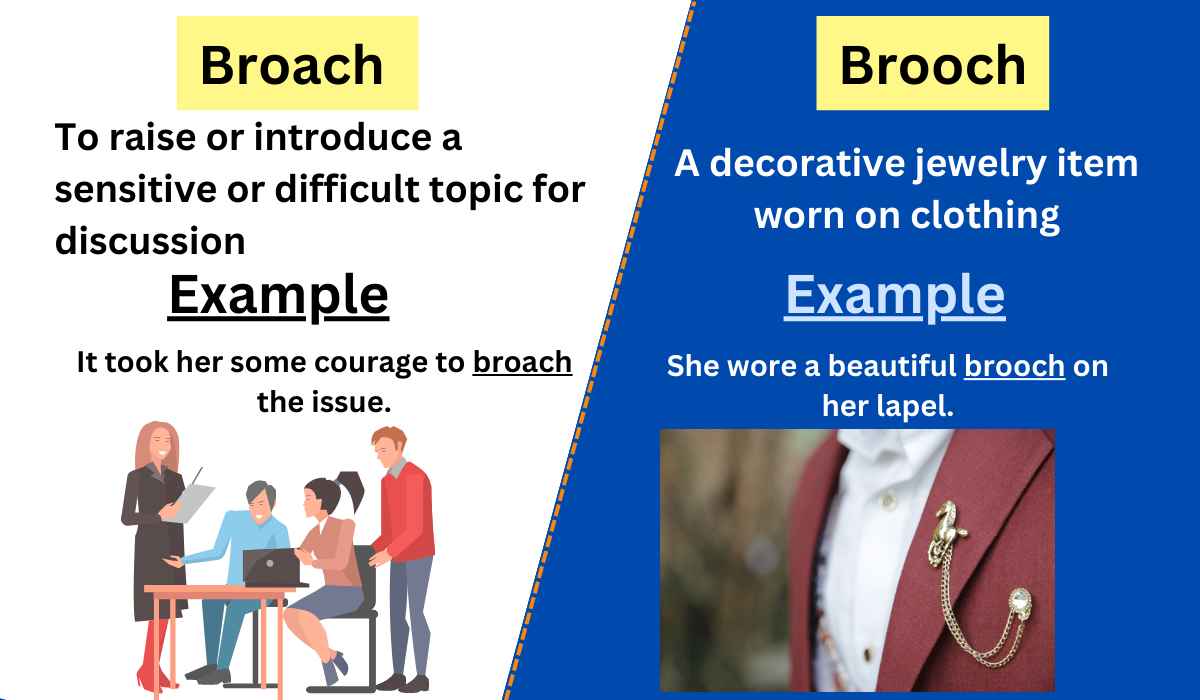Pair vs. Pare-Difference between and Examples
In the English language, certain words may sound alike but have distinct meanings and applications. Two such words that often cause confusion are “pair” and “pare.” Although they share a similar pronunciation, they possess different definitions and usage. This article aims to shed light on the differences between “pair” and “pare” by providing clear explanations and examples. Let’s explore the realms of quantity and action to unravel their unique meanings.

Meanings and Examples
Pair meaning
Pair is a noun that refers to two similar or related things that are considered together or treated as a unit. It implies a combination or set of two items, often with a sense of complementarity or balance.
Pair Examples
a) She bought a new pair of shoes for the occasion.
b) A pair of gloves is essential during the winter season.
c) The mating ritual of certain bird species involves the formation of lifelong pairs.
Pare meaning
Pare is a verb that means to trim, reduce, or remove the outer layers or excess material from something. It involves cutting, shaving, or peeling off the surface to make it smaller, more refined, or more suitable for a particular purpose.
Pare Examples
a) He used a knife to pare the apple and remove the skin.
b) The chef skillfully pares the vegetables to create thin, delicate slices.
c) She decided to pare down her belongings and embrace a minimalist lifestyle.
Difference between Pair and Pare
| Pair | Pare | |
| Meaning | Noun: two similar or related things considered together or as a unit | Verb: to trim, reduce, or remove outer layers or excess material |
| Example | “She bought a new pair of shoes for the occasion.” | “He used a knife to pare the apple and remove the skin.” |
| Usage | Quantity, complementarity, balance | Action of trimming, reducing, or removing |
| Context | Clothing, objects, relationships | Food preparation, crafting, refinement |
Usage in a Paragraph
The term “pair” is primarily used as a noun and refers to two similar or related things that are considered together or treated as a unit. It signifies a combination or set of two items, often with a sense of complementarity or balance. In the context of fashion, a pair of shoes or a pair of earrings denotes the presence of two matching or coordinating items that are intended to be worn together. Likewise, certain species of animals, such as swans or penguins, form lifelong pairs as part of their mating behavior, symbolizing their commitment and cooperation.
In contrast, “pare” is a verb that entails the act of trimming, reducing, or removing the outer layers or excess material from something. This action involves cutting, shaving, or peeling off the surface to make it smaller, more refined, or more suitable for a particular purpose. For instance, when preparing an apple, one might use a knife to pare the skin and remove any unwanted portions, leaving only the edible flesh. Similarly, in crafting or woodworking, the process of paring involves skillfully shaving off thin layers of material to create smooth and precise surfaces.
Understanding the distinction between “pair” and “pare” is crucial for effective communication. “Pair” refers to two similar or related things considered together, often denoting complementarity or balance. On the other hand, “pare” is a verb that describes the act of trimming, reducing, or removing outer layers or excess material. By using these words accurately in the context of quantity or action, individuals can avoid confusion and ensure their messages are conveyed precisely.






Leave a Reply